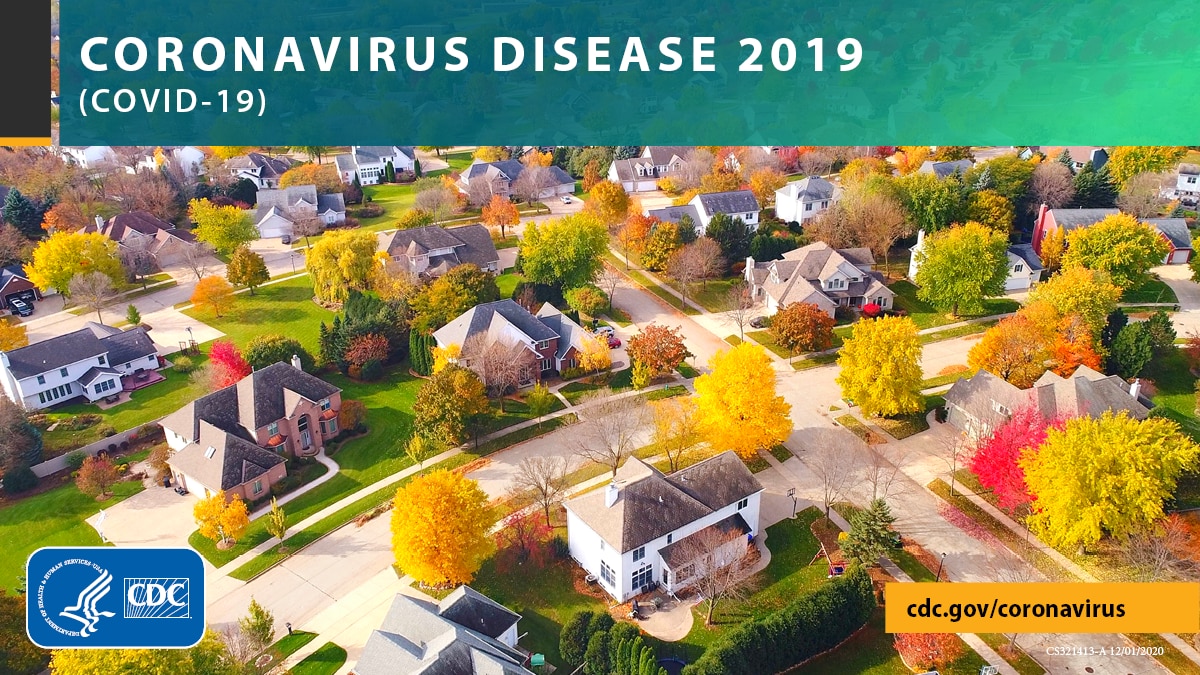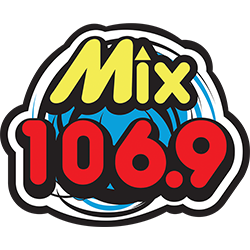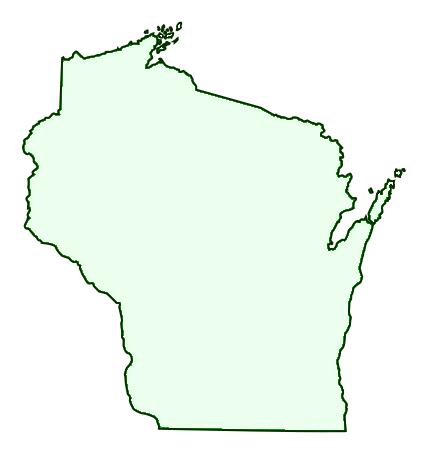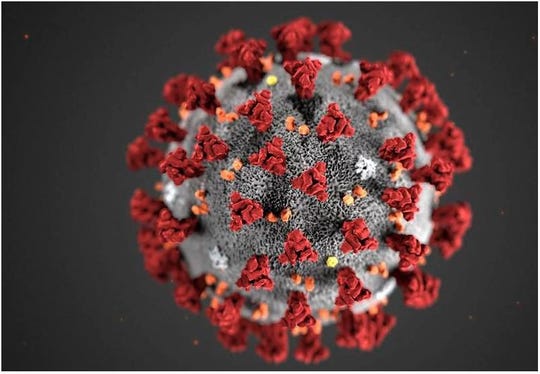What Bus Transit Operators Need to Know about COVID-19
Written by COVID-19 NEWS on June 10, 2021

Stay home if you are having symptoms of COVID-19.
- Follow CDC recommended steps if you are sick.
- Do not return to work until you meet the criteria to discontinue home isolation.
- Talk with your healthcare provider about when it’s safe for you to return to work and coordinate with your employer.
Stay at least 6 feet away from customers and coworkers, when possible.
- Request that passengers avoid standing or sitting within 6 feet of each other and the driver’s seat.
Masks are required on planes, buses, trains, and other forms of public transportation traveling into, within, or out of the United States and in U.S. transportation hubs such as airports and stations. Travelers are not required to wear a mask in outdoor areas of a conveyance (like on a ferry or the top deck of a bus). CDC recommends that travelers who are not fully vaccinated continue to wear a mask and maintain physical distance when traveling.
- Wear a mask over your nose and mouth when in public settings. Face coverings or masks may prevent people who don’t know they have the virus from spreading it to others.
- Be careful when putting on and taking off cloth face coverings or masks:
- Wash your hands before putting on and after taking off the covering or mask.
- Don’t touch your face covering or mask while wearing it.
- Don’t touch your face, mouth, nose, or eyes while taking off the covering or mask.
- Wash the covering or mask after each use.
- Cloth face coverings or masks should not be worn if their use creates a new risk (for example, if they interfere with driving or vision, or contribute to heat-related illness) that exceeds their COVID-19 related benefits of slowing the spread of the virus. Cloth face coverings or masks should also not be worn by anyone who has trouble breathing or is unable to remove the covering or mask without assistance. CDC provides information on adaptations and alternatives that should be considered when cloth face coverings or masks may not be feasible.
- Consider carrying a spare cloth face covering or mask.
- If you are concerned about the use cloth face coverings or masks at your workplace, discuss them with your employer.
Be aware of contact with frequently touched surfaces.
Wash your hands regularly with soap and water for at least 20 seconds. You don’t need to wear gloves if you wash your hands regularly (unless they are already required for your job).
- Use an alcohol-based hand sanitizer containing at least 60% alcohol if soap and water aren’t available.
- Clean your hands at these key times:
- Before, during, and after preparing food
- Before eating food
- After using the toilet
- After blowing your nose, coughing, or sneezing
- After putting on, touching, or removing cloth face coverings or masks
- Before and after work and work breaks
- After touching frequently touched surfaces, such as fareboxes and handrails
- After assisting passengers with their belongings (e.g. wheelchairs, luggage, bags)
- After assisting passengers boarding or exiting the vehicle
Do not touch your face, mouth, nose, or eyes.
Cover your coughs and sneezes.
- Use tissues to cover your mouth and nose when you cough or sneeze.
- Throw used tissues in the trash.
- Wash your hands with soap and water for at least 20 seconds.






